In Kansas, a dove flight stirred my curiosity, leading me to explore hunting adventures. I discovered Kansas’ wildlife richness, where doves dance in the sky, offering hunters a thrilling chase. Here, the mourning dove reigns, among other species, promising diverse pursuits. I’ll share top hunting locales, optimal seasons, and tactics for success. Whether you’re a veteran or a novice, Kansas’ hunting grounds await to transform your aspirations into captivating stories.
Here are the main points:
- Kansas offers excellent hunting opportunities for dove enthusiasts.
- The mourning dove is the state bird of Kansas.
- Other dove species, such as the rock pigeon and the eurasian collared dove, can also be found in Kansas.
- Adhering to hunting regulations and obtaining the necessary licenses and permits is crucial for responsible hunting in Kansas.
- Kansas provides a variety of prime hunting spots, including managed fields, water sources, and grain fields.
Kansas Dove Species
Kansas is a haven for dove hunting enthusiasts, attracting hunters from far and wide. The state is home to a diverse range of dove species, each with its own unique characteristics and hunting regulations. Let’s explore the four prominent dove species found in Kansas:
1. Mourning Dove
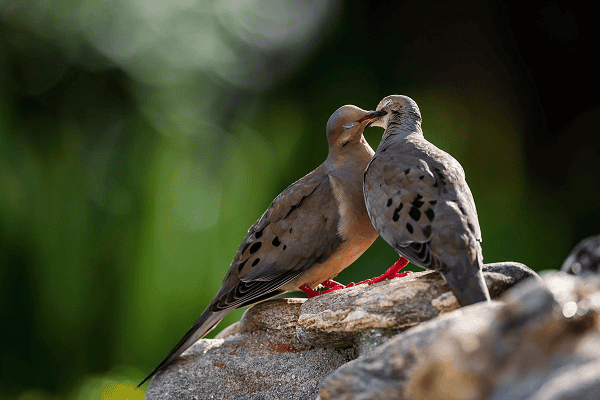
The mourning dove (Zenaida macroura) is the state bird of Kansas and one of the most common dove species in North America. These graceful birds are known for their mournful cooing sounds and swift flight patterns. With their sleek grayish-brown bodies and long, pointed tails, mourning doves are widely sought after by hunters for their challenging and fast-paced hunting experience.
2. Rock Pigeon
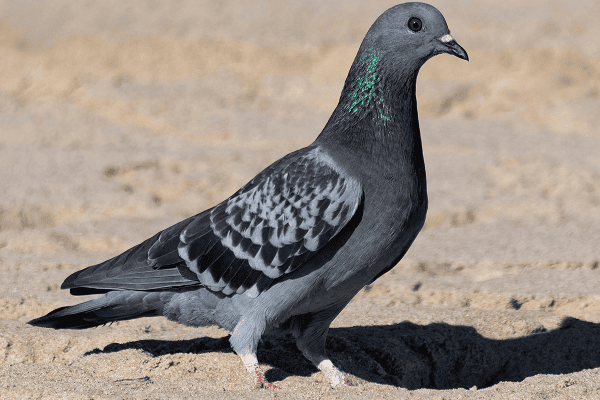
The rock pigeon (Columba livia) is another prevalent dove species found in Kansas. These birds, often referred to as city pigeons or street pigeons, have adapted to urban environments but can also be found hunting in fields for dove hunting. With their compact bodies, short necks, and distinctive color patterns, rock pigeons provide an interesting hunting opportunity for those seeking a different dove hunting experience.
3. Eurasian Collared-Dove
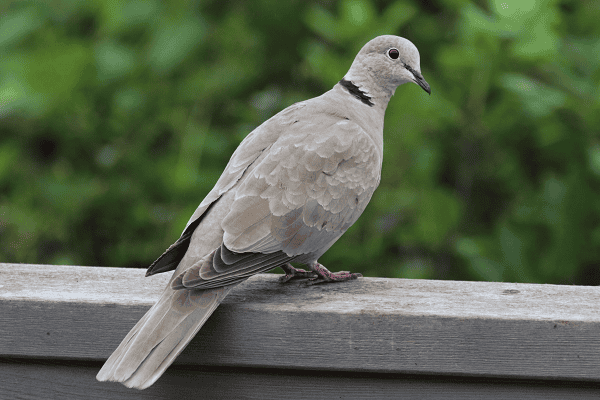
The eurasian collared dove (Streptopelia decaocto) is an invasive species that has spread rapidly throughout the United States, including Kansas. Originating from Europe and Asia, these doves have become a common sight in both urban and rural areas. With their large size, pale gray plumage, and distinctive black bands around their necks, eurasian collared doves offer hunters a unique challenge and hunting opportunity.
4. White-Winged Dove
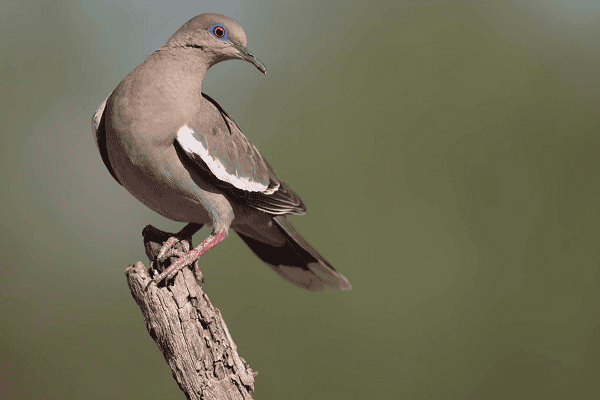
The white-winged dove (Zenaida asiatica) is a migratory dove species that can be found in Kansas during certain seasons. These doves have distinctive white wing patches that are visible in flight. With their large size and unique coloration, white-winged doves, subject to the white-winged dove daily bag limit, provide an exciting hunting experience for hunters looking to target a specific dove species during the dove season.
Each of these dove species offers different hunting experiences and techniques. Hunters need to familiarize themselves with the specific hunting regulations and bag limits set by the Kansas Department of Wildlife and Parks for each species. By understanding the characteristics and regulations associated with each dove species, hunters can make the most of their dove hunting adventures in Kansas.
Dove Hunting Seasons and Regulations
To ensure a responsible and sustainable dove hunting experience in Kansas, hunters need to be aware of the hunting seasons and regulations set by the Kansas Department of Wildlife and Parks (KDWP). These guidelines and regulations are in place to protect the dove populations and ensure the longevity of this beloved outdoor activity.
Before embarking on your dove hunting adventure, it is important to obtain the necessary hunting license from the KDWP. This license allows you to legally participate in dove hunting within the state. Each hunter must adhere to the possession limit and must have their license, regardless of age or experience level.
In addition to the hunting license, certain stamps and permits may also be required, such as the Migratory Bird Stamp. This stamp is specifically designed for the hunting of migratory game birds, including doves. By acquiring the appropriate stamps and permits, hunters can demonstrate their commitment to responsible hunting practices.
The KDWP has also implemented the Harvest Information Program (HIP), which is a valuable tool for monitoring dove populations and gathering data on harvest numbers. Participation in the HIP is mandatory for all hunters pursuing migratory game birds, including doves. By providing accurate harvest information, hunters contribute to the management and conservation efforts of these bird species.
Migratory Nature of Dove Hunting
It is important to note that doves are migratory game birds, meaning they follow specific migration patterns throughout the year. This migration brings doves into Kansas during certain times, and hunting seasons are established to align with these migrations.
The dove hunting season in Kansas typically begins on September 1st and lasts for several weeks. However, hunters must stay updated on the specific dates and any changes or restrictions imposed by the KDWP. These dates are subject to adjustments based on population trends and conservation efforts.
Adhering to the hunting seasons and regulations is not only important for ethical and sustainable practices, but it also ensures the safety of hunters and the preservation of dove populations in Kansas. By respecting these guidelines, hunters can enjoy a fulfilling and rewarding dove hunting experience while contributing to the conservation of these beautiful game birds.
| Regulations | Requirements |
|---|---|
| Hunting License | Required for all dove hunters |
| Migratory Bird Stamp | Specifically for hunting migratory game birds |
| Harvest Information Program (HIP) | Mandatory participation for all migratory game bird hunters |
Best Dove Hunting Spots and Tips
When it comes to dove hunting in Kansas, choosing the right hunting spots can significantly impact your success during the Kansas dove hunting season. Kansas offers a variety of prime locations for dove enthusiasts, ensuring an exciting and rewarding hunting experience. Here are some of the best spots to increase your chances of a successful hunt:
Fields Managed for Dove Hunting
Fields specifically managed for dove hunting are excellent areas to target. These fields are often planted with crops that attract doves such as sunflowers, millet, and wheat. Doves are drawn to these fields for feeding, providing ample opportunities for hunters. Look for fields near water sources or grain fields as doves tend to congregate in these areas, making it essential to consider the mourning and white-winged dove daily bag limit.
Check Our Previous Articles:
Areas with Abundant Water Sources
Doves require access to water for drinking and bathing, making areas with abundant water sources perfect hunting spots for Kansas dove hunting. Look for ponds, streams, or even watering holes in fields. These water sources act as magnets for doves, attracting them to the area. Setting up your hunting blind near these water sources can increase your chances of fast action and successful hunts.
Grain Fields
Doves have a strong affinity for grain fields, particularly those with crops like wheat, sorghum, and corn. These fields provide not only a source of food but also cover for the birds. Setting up near-grain fields where doves frequent can yield fruitful results. Remember to obtain permission from landowners before hunting on private property.
In addition to choosing the right hunting spots, employing certain techniques can further enhance your dove hunting experience:
- Using decoys: Placing decoys strategically can attract doves to your hunting area. Set up a flock of decoys, mimicking a group of feeding doves, to lure in more birds.
- Fast action strategies: Doves are known for their speed and agility, making fast action strategies essential. Practice your shooting skills to improve accuracy and reaction time. Being prepared and quick on the draw will increase your chances of harvesting doves.
- Effective concealment: Doves have keen eyesight, so ensuring effective concealment is crucial. Use natural cover like bushes or trees, or opt for a portable hunting blind to blend into your surroundings.
By choosing the best dove hunting spots and utilizing these tips, you can optimize your chances of a successful and exhilarating hunt in Kansas. Remember to prioritize safety, follow all hunting regulations, and respect the land and wildlife as you embark on your dove hunting adventure.
| Best Dove Hunting Spots | Tips for a Successful Hunt |
|---|---|
| Fields Managed for Dove Hunting | Using Decoys |
| Areas with Abundant Water Sources | Fast Action Strategies |
| Grain Fields | Effective Concealment |
Final Thoughts
If you’re looking for thrilling hunting opportunities and abundant dove populations, Kansas is the place to be. With its diverse range of dove species and prime hunting locations, the state offers an exciting experience for both seasoned hunters and beginners.
Before heading out on your dove hunting adventure, make sure to familiarize yourself with the hunting regulations set by the Kansas Department of Wildlife and Parks. Obtaining the necessary licenses and permits, adhering to responsible hunting habits, and being mindful of the daily bag limit is crucial for the sustainability of Kansas hunting.
We hope that this article has provided valuable insights and inspired you to explore the exciting world of dove hunting in Kansas. So, grab your gear, find the best hunting spots, and enjoy the thrill of the hunt amidst the abundant dove populations that Kansas has to offer!

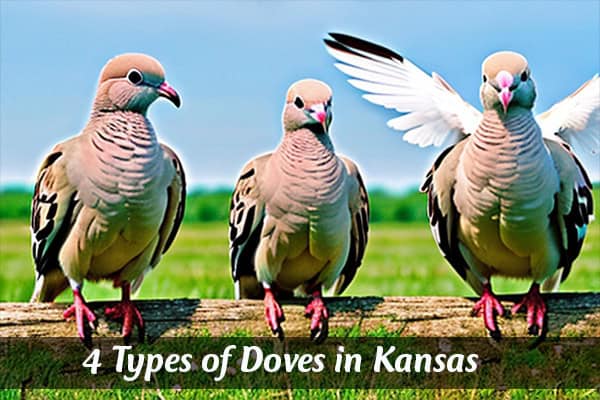

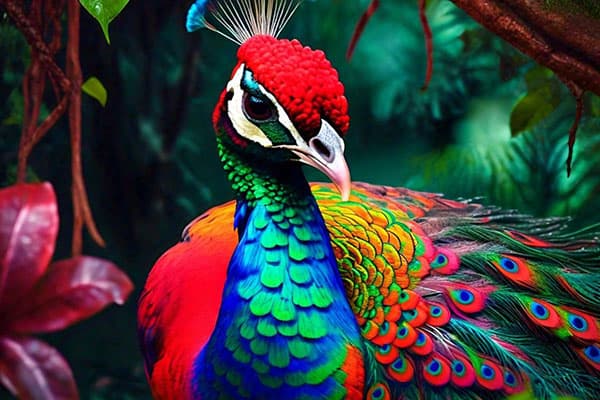
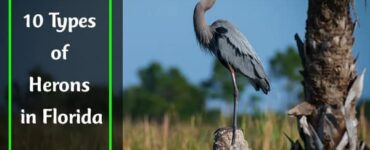
Add comment